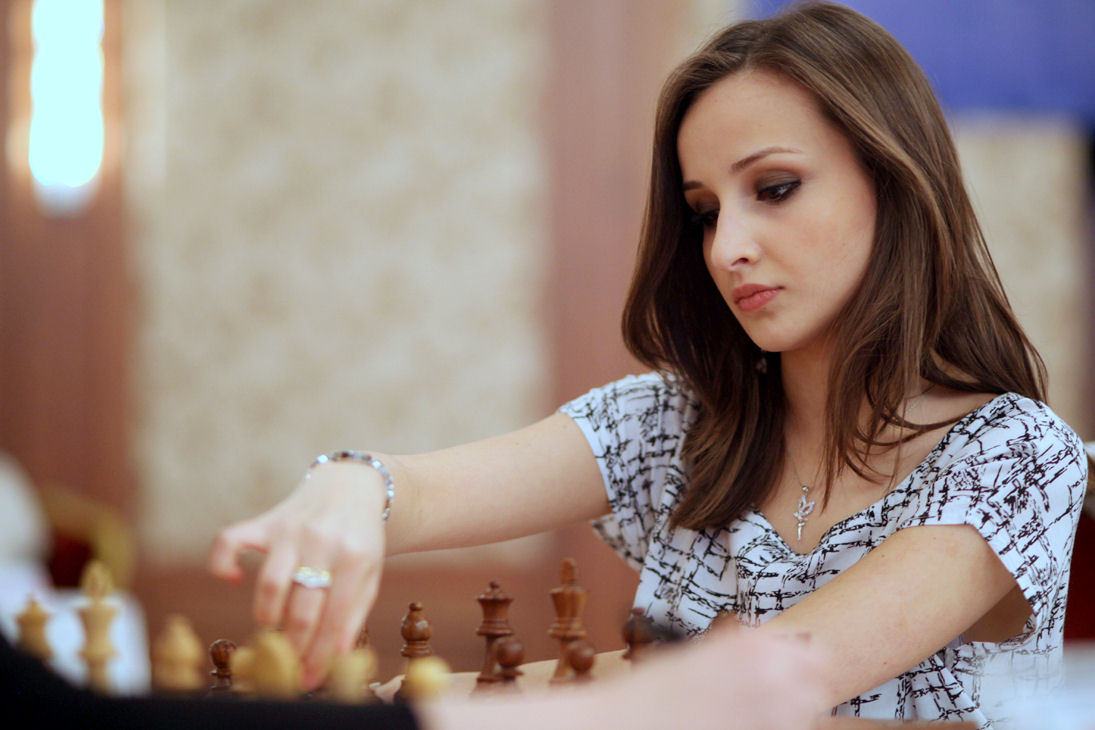Un doveroso ringraziamento al sito
CYNINGSTAN,
http://www.cyningstan.com/ per averci permesso la pubblicazione del seguente contributo.
Among the companies printing and marketing hnefatafl at the present
time, is a company based in Scotland, Shannon Games. Shannon tends to
focus on boards playable by children, and it is therefore not surprising
that their hnefatafl board game uses the smallest of the boards, if not
the simplest of the rules.
Having recently taken delivery of
Shannon Games' hnefatafl, I have played it a number of times, enough to
consider myself competent enough to give at least a first impression. I
will begin with a bit of background, for those who have not the time nor
the inclination to research the subject.
Hnefatafl, for those who
have not seen it before, is a game created somewhere in Scandinavia,
some time in the first millennium. Being of that era, it is without a
strong theme, though its mechanics are not so contrived as to prevent a
theme being easily pasted on to it. The most common theme, not
unexpectedly, is a Viking theme, inspiring the artwork on this
particular board.
In hnefatafl a king sits at the centre of a
square board, with a number of his men around him. Distributed around
the edges of the board are twice their number of enemies. The king must
escape from the field of battle, while his enemies try to capture him.
Generally, pieces move in straight, orthogonal lines, like a rook in
chess, and a piece is captured by surrounding it with two enemies. As
those players over the last thousand years left us with incomplete
information, the variations within this framework are many, much like
the national variations in chess and draughts.
Shannon's hnefatafl
is interesting among hnefatafl variants. Usually, the defenders' and
attackers' numbers are divisible by four, in order that a four-way
symmetry can be used in the layout of the board. This version, however,
pits the king and six defenders against twelve attackers, on a board of
seven squares by seven. No historical reference or complete
archaeological find confirms that this size of game was ever played. It
seems to have come into existence from a perception that twenty-five
pieces are too many for this small board (a view that I share), while
thirteen pieces are too few (a view that I do not).
The twelve
attackers are laid out in a vaguely swastika-like layout, while the
defenders are laid out in the form of an elongated cross. In this game,
the king must reach one of the marked corner squares to win. Movement is
as in other versions, that all pieces move like the chess rook. Capture
also follows the common pattern, but in both movement and capture it is
the subtleties of the rules that define the game.
As is usual,
the marked central and corner squares are out of bounds to all pieces
but the king. What is unusual is that the central square blocks the way
of other pieces: they cannot even pass over it. This serves to hamper
the attackers more than the defenders.
Capture in this game
follows more strict rules than in other versions. The king must be
captured by surrounding him on four squares. Furthermore, he cannot be
captured by three attackers against the central square, as in other
games. Nor can he be captured against the edge of the board, or against
the corner squares. This gives a number of positions where the king is
unassailable. My first impression was therefore that the game was going
to be in favour of the king to an unplayable degree.
However, it
seems that the corner squares cannot even be used to capture ordinary
pieces, as in The Viking Game. So in this particular game, the attacker
may block the corner squares with eight pieces. In practice, this seldom
happens, but the freedom to place one's pieces against the corner
squares without making them vulnerable is to the advantage of the
attackers, probably more so than to the defenders.
In practice the
game appears to be not so unbalanced as I had at first feared. Several
test games resulted in an equal number of victories for the attackers as
for the king. But this particular ruleset needs, and appears to
deserve, further analysis.
There is a class of traditional
abstract games which transcends the expectations of the casual board
gamer, in which particular attention is paid to quality and weight of
the board and pieces. Boards are often or wood or woven cloth, pieces
often in glass, carved wood or elaborately-cast resin, and the sheer
craftsmanship itself inspires a wish to play. This is not one of those
games. The quality of this game is more suited to the expectations of
modern themed games. This is not to its detriment; this is not a bad
quality game.
The box is of sturdy card, with a picture of the
Lewis chess men on one side, and a Viking long boat on the underside. It
would perhaps have been better if one of the many Scottish hnefatafl
finds had been represented, instead of chess. Scotland boasts a good
number of complete or nearly complete finds of hnefatafl boards, mostly
using the same size of board as the game inside the box.
Inside
the box is a sturdy board of card. It folds into four quarters, allowing
it to be packed into the compact (4 inch square) box. The board's
backing is of a hardened, textured cloth. The playing area consists of a
grid of seven squares by seven, superimposed on a colourful image of
invading vikings in their longboats. This picture is deliberately faded
so as to give emphasis to the more important square grid. It may be a
reproduction of a medieval illumination; if not, it is certainly in the
same style.
It is only the pieces that let down the quality of
this game. They are of cheap, light plastic. The king is a large,
featureless hollow plastic white pawn. The rest of the pieces are of the
same light plastic, in the shape of draughtsmen. They even stack like
draughtsmen, having a similar circular groove pattern. When packed away,
the pieces have a tendency to stack in the supplied plastic bag,
preventing the board from closing properly. The playing experience might
be improved by substituting coloured glass beads for these pieces.
All
in all this is a fair variant of the game of hnefatafl. It it cheaper
than the Viking Game, especially if bought through eBay, where the
makers market the game at about half the price they charge on their own
web site. The rules seem very playable, and the quality of the game,
while not comparable to The Viking Game, is sufficient not to impair
enjoyment of the game.












































